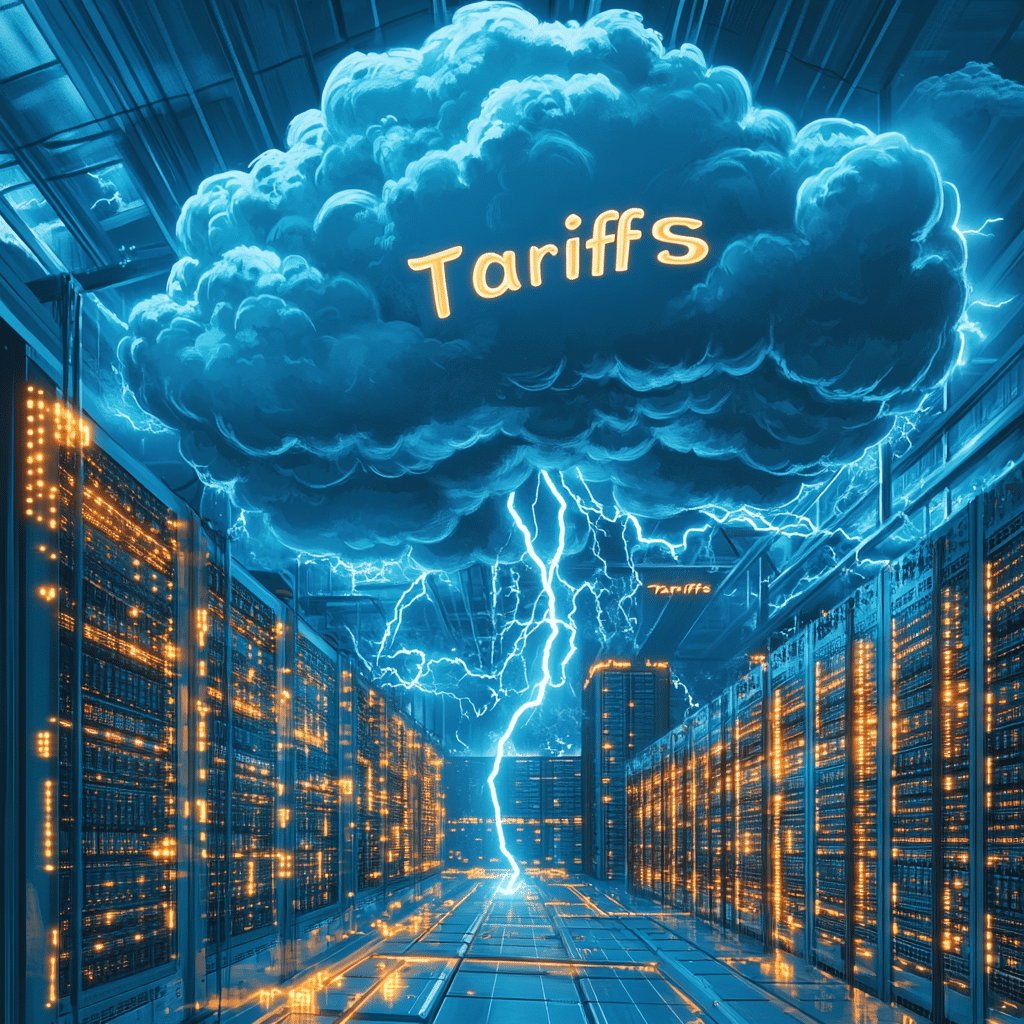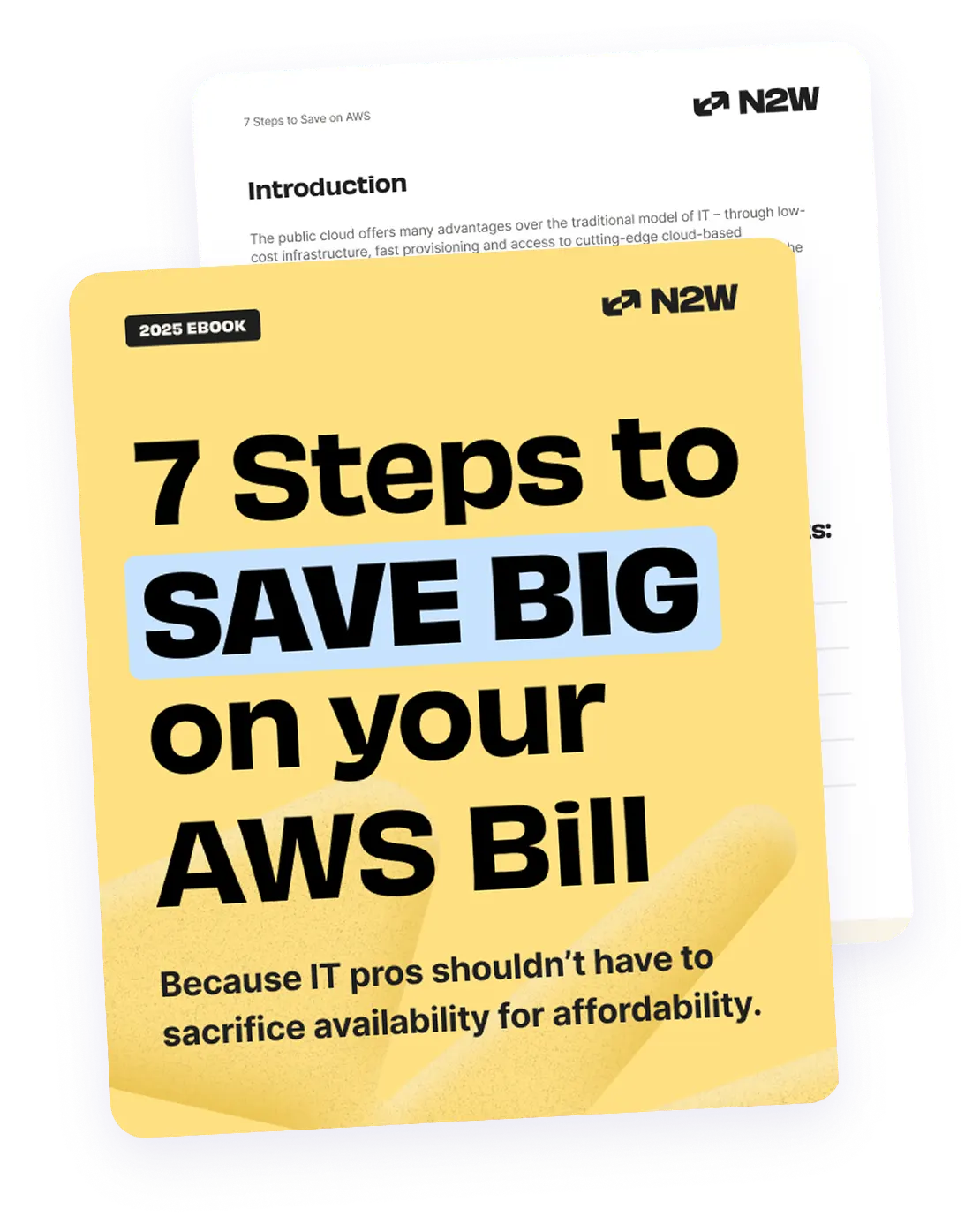Most are focusing on recent tariffs affecting physical goods pricing, but due to supply chain intricacies and logistics complexities, these tariffs are unfortunately about to impact your cloud bill as well.
While cloud services themselves aren’t directly targeted, the hardware powering data centers is: processors, storage devices, networking equipment, and even the racks themselves rely on supply chains affected by these policies. Here are just some examples of what we can expect to continue in terms of enterprise hardware getting stuck with a hefty price tag.
- Chips will be more expensive. Supply chain issues, increased demand (AI, edge computing, etc.), and geopolitical tensions have driven up the cost of semiconductors and GPUs.
- Energy prices are volatile. Running and cooling huge data centers consumes a lot of electricity. As power costs rise, so do operational expenses.
- Custom hardware isn’t and won’t be cheap. Specialized components like AI accelerators (think: NVIDIA H100s) are extremely costly, and in high demand.
How These Cost Increases Becomes Our Problem
Make no mistake: these increased costs WILL be passed on to customers. Just as your organization is becoming more dependent on cloud services for security, backup, and disaster recovery, prices are set to climb.

In particular what will we see? For sure, resource-heavy services will be hit the hardest: think object storage (S3, Blob), block storage (EBS), AI/ML workloads, and anything GPU-bound.
How To Combat the Inevitable? Adopt a Multicloud Strategy
So what’s our suggestion? Diversify now with a Multicloud strategy. By spreading workloads across providers, you gain negotiating leverage and insulation from vendor-specific price hikes.
Multicloud is not just a trend. Many enterprises now find themselves on a Multicloud journey (somewhat accidentally) because it really is the most smart, cost-savvy strategy. The appeal of cherry-picking the cheapest, best-fit services from each provider is undeniable.
Looking to Cut Costs? This should be a part of your to-do list:
- Audit your current cloud spending and identify high-cost services (essentially prepare for some sticker shock)
- Implement automated lifecycle policies to move data to cost-effective storage tiers
- Utilize cloud-native backup solutions that allow you to seamlessly replicate data to vault storage or cross-cloud
- Choose storage clouds that maintain your RTO as well as provide cost-effective long-term retention (Wasabi, for example)
Dipping your toes into Multicloud? Juggling AWS and Azure doesn’t have to be complicated. N2W allows you to streamline operations across clouds and provides automated cost-optimized cold storage without compromising security.
